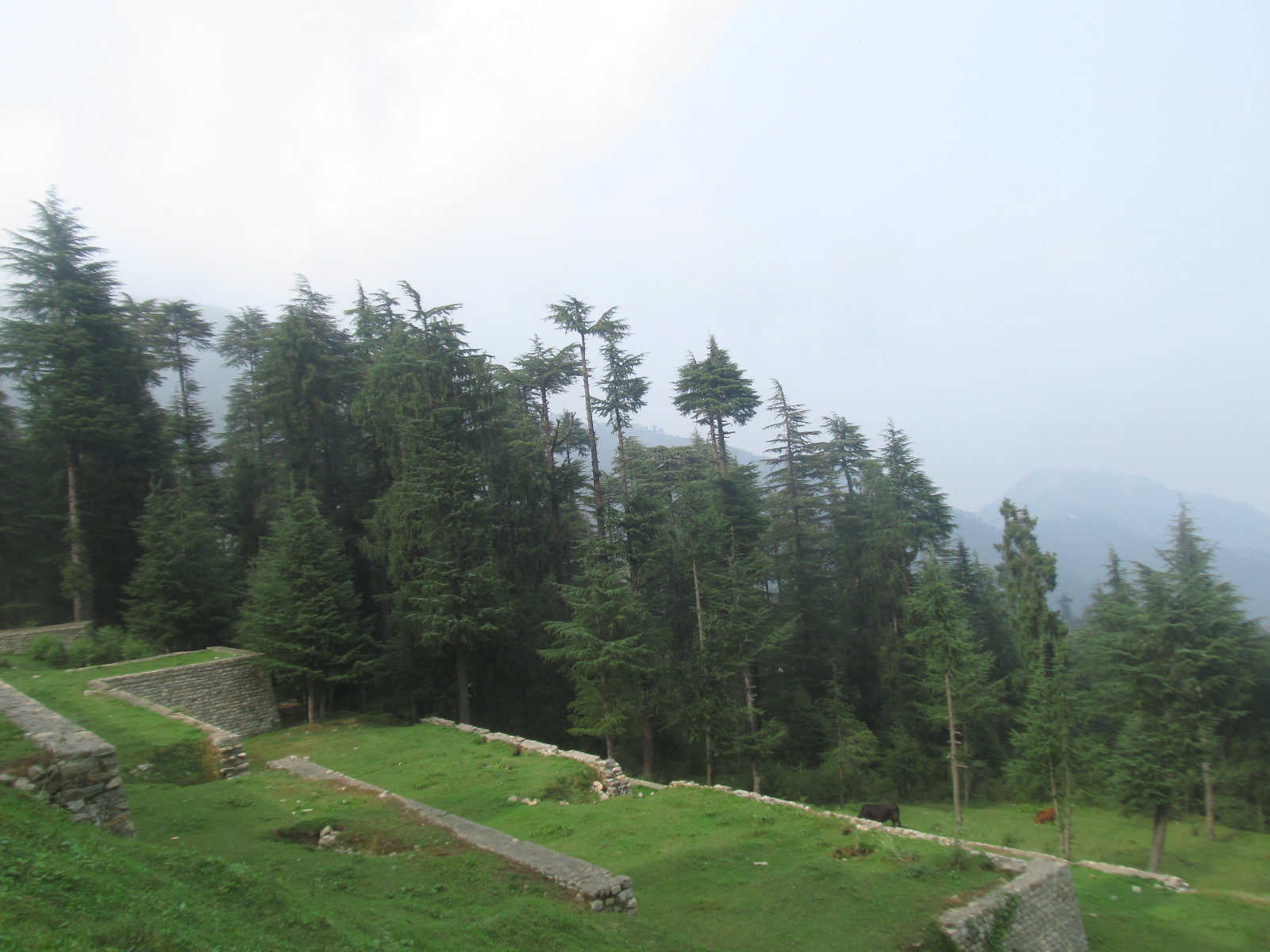
Visit to the Himalayan Sanctuaries and National Parks
Pollution has taken a toll on natural habitat throughout the world. But, the Indian government has taken over some endangered areas and made them sanctuaries, reserved forests, and parks before the natural wealth is destroyed.
Khajjiar – It is one such sanctuary in a pristine location in the Himachal Pradesh. Just 22 km from mountain city Dalhousie, this place is at an altitude of 2000 meters from the sea level. Once, Lord Curzon had remarked that Khajjiar is the “Switzerland of India”. No wonder, it seems so if you visit during July to November when it is dark greenery all around.
- Flora – Picturesque Khajjiar is good enough to be captured in photo frames and wall hangings. Various types of pine trees are zealously guarded by the people and the administration. The Cedrus deodara (deodar cedar) is tall trees with a blue tinge when seen from a distance. The cedars are very popular for making furniture. Today, this wood is very expensive as government has banned the felling of these trees.
Oak trees are also seen interspersed with the cedars. The trees are used to make charcoal. There are numerous mountain wild flowers which bloom at any convenient places. Apple trees, berries, and various seasonal fruits grow in the fertile mountainous track of Khajjiar.
Chamba – Chamba is yet another mountain town that can be visited through Khajjiar or Dharmashala. Roadways are maintained by the Indian military. Often, landslides occur, especially during the monsoons. The rain water trickles through the mountain crevices, bringing down heavy silts. These cause landslides. The area is nevertheless protected by government. The Chamba Police as well as the Indian Military protects the natural wealth of the place.
- Fauna – Chamba has lush green meadows that are frequently visited by Cheetal, Spotted Deer, mountain sheep, and goats. Chamba is also famous for exquisitely designs, craftwork and architecture.
